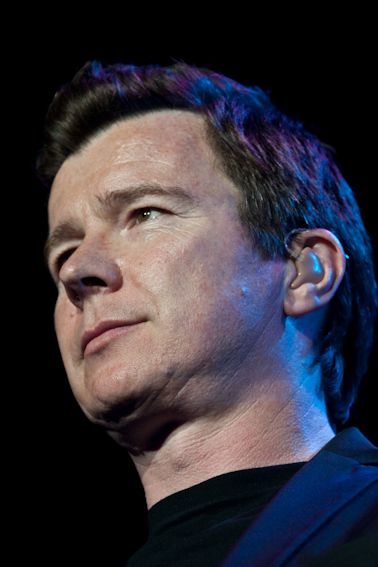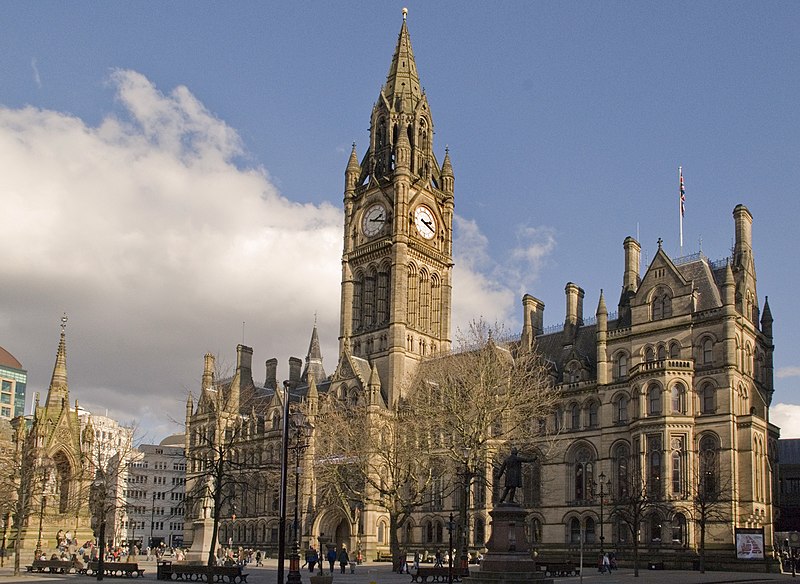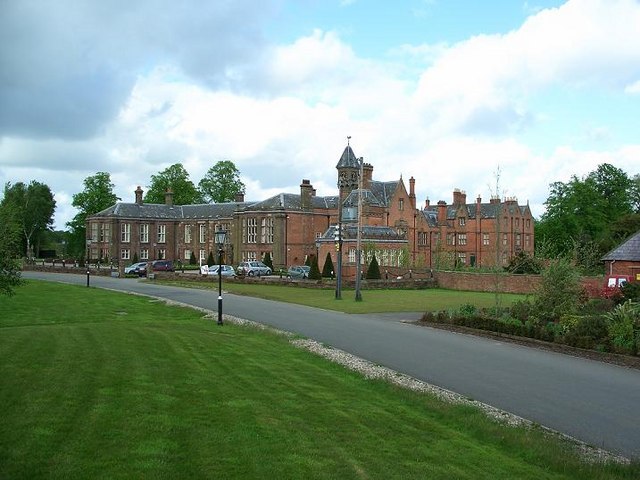Digital Hearing Aids St Helens –Merseyside Digital Hearing Aids
Two distinguished business families have been associated with St Helens in Merseyside. Thomas Beecham’s factory set up in the late 19th Century was to become one of the largest pharmaceutical manufacturers.
Two distinguished business families have been associated with St Helens in Merseyside. Thomas Beecham’s factory set up in the late 19th Century was to become one of the largest pharmaceutical manufacturers.
Thomas
Beecham started his working life at the age of eight when he became a
shepherd. However this early occupation paved the way for his later
business empire as this was where he learnt about herbal medicine.
When Thomas
arrived in Wigan he sold his own preparation called Beecham’s Pills, a laxative
in pill form. They were sold as a ‘cure-all’ remedy but had definite and
positive affects on the digestive system. By 1860, he had moved to St
Helens and now started marketing the pills as well. He sold through a
network of agents in Lancashire and Yorkshire. The next move was to build
his own factory in the town.
Shortly after
this, his son Sir John Beecham (1st Baronet of
Ewanville) joined his father’s business. He was responsible for
developing it further – opening a factory in New York and in other countries.
Joseph’s son didn’t
follow the family footsteps into the pharmaceutical business but you’ve
probably heard of him. He was Sir Thomas Beecham the well known conductor
and founder with Sir Malcolm Sargent of the London Philharmonic Orchestra.
The Pilkington
family
The other famous
commercial family who made their mark on St Helens were the Pilkingtons.
They founded the glass works with another family, the Greenalls. When the
line of descent of the Greenalls disappeared, the company became known as
Pilkington Brothers and then much later as the Pilkington Group Ltd which was
taken over by the Japanese company NSG Group. They remain in St Helens
producing flat glass a technique they pioneered in the mid 19th
Century.
Do you live in St
Helens?
If St Helens is
your home town or where you live now you might be interested to know about our services. Hearing
tests are easy and we can conduct them in your home if it helps. Failing
or deteriorating hearing can be due to a number of factors but is an isolating
condition. Don’t suffer in silence get tested and listen to our
solutions.
Get in touch on 01782
698090.
Other industries in
St Helens
In fact glass
making was big in St Helens and was also home to Ravenshead Glass which was
sold off, United Glass Bottles and Triplex, a subsidiary of Pilkington which
was shipped out to India. None of these remain in St Helens now.
St Helens like many
other towns in Great Britain became more industrialised when the Industrial
Revolution took hold in the 18th and 19th Centuries.
Prior to this industry consisted of home-production which by its very nature is
small; this mostly consisted of linen weaving.
Cotton and Linen
were two of the other local industries which got bigger during this time;
others included coal mining, the extraction of clay, salt, lime and alkali,
copper smelting and brewing.
Coal mining was probably
the biggest industry at this time and carried on right up until the 1970s when
5,000 men were still employed at local collieries.
Greenalls Brewery
was established in St Helens in the 18th Century but moved to Warrington (about 10
miles away). After the acquisition of several other breweries around the
country some two centuries later, they stopped brewing and concentrated on the
management of hotels and pubs. That was in 1991 and in the following 15
years the business was eventually divided up and sold off. The De Vere
Group bought the hotels and still serves London Dry Gin which was originally
produced by Greenalls.
St Helens today
The town with its
population of more than 102,000 thrives with a rich blend of commercial, urban
regeneration, culture and sports.
The regeneration
schemes have seen new housing and the regeneration of main shopping
districts.
There are two shopping malls here: St Helens and Ravenshead –
the latter being the newer mall.
St Helens has a
healthy cultural status with a thriving theatre tradition, plenty of nightlife
and many parks. Taylor Park holds the distinction of being Grade II
listed – this park and gardens is of Victorian descent. There are 22
other parks in the area.
Continuing the
cultural reference a large sculpture stands at the head of an old colliery
called Dream. This 20 metre sculpture is made from concrete and was part
of the nationwide Big Art Project which was televised in 2009. The head
can be seen from M62.
{{Information |Description={{en|1=View of the Dream taken
from the path leading to the sculpture facing away from the M62.}}
|Source=Photograph taken by Christian Keenan |Author=Christian Keenan
|Date=14th June 2009 |Permission=Granted by Christian Keenan
Perhaps one of St
Helen’s most famous attributes is its Rugby League club. Playing at
Langtree Park on the site that was once where United Glass Bottle production
took place, the club is also known as the Saints.
Well know sons and
daughter
Besides the famous
business men of yesteryear St Helens, there are other well known faces that
hail from the area.
· Film director David
Yates is probably best known for his production of the Harry Potter films; he
was inspired to go into films after watching Jaws directed by Stephen Spielberg
· Jacqui Abbott was
the lead singer with The Beautiful South after 1994 performing some of their
most successful hits including ‘Rotterdam’ and ‘Don’t Marry Her’
· Richard Seddon made
a name for himself in New Zealand where he became their Prime Minister to rack
up the longest service
· Footballer Bill
Foulkes played for Manchester United and survived the disastrous Munich Air
Disaster when eight of the Man U team died. Foulkes played almost 700
games for Man U
· Comedian and actor
Jonny Vegas often seen with the PG Monkey comes from St Helens
· Budgie aka Peter
Edward Clarke is the drummer with Siouxsie and the Banshees
{{Information |Description=Subject: Budgie of Siouxsie
& the Banshees Date: June 1, 1986 Place: Oakland, California, USA (Unknown
hotel lobby) Photographer: Andwhatsnext Original 35mm photograph scanned Credit: Copyright
(c)
· Singer Rick Astley
of 1980s fame actually had his first eight singles go into the top ten music
charts
{{Information |Description={{en|1=Rick Astley performing at
Pepsifest 2009.}} |Source=[http://www.flickr.com/photos/musicbook/3525997685/
Flickr] |Author=[http://www.flickr.com/photos/musicbook/
Bruno The Uploader II] on Flickr |Date=2009 |Permission={{cc
· Entertainer Bernie
Clifton maybe best known for his stage props including Oswald the Ostrich
· Comedian Pete
McCarthy and actor Pete Postelthwaite both went to school at West Park Grammar
School, St Helens; the school is now De La Salle School
· Actor Matthew
Crompton who has appeared in both Coronation Street and Brookside but is
probably best known for his role as PC Sam Harker in The Bill
But enough about
the rich and famous, it’s all about you! Living without good or
reasonable hearing is miserable. With modern technology there is no need
to let this continue. Talk to us about hearing
tests and digital hearing aids which could make all the difference to your
live. Telephone us on 01782 698090 or send us a
message using our
online form.


















